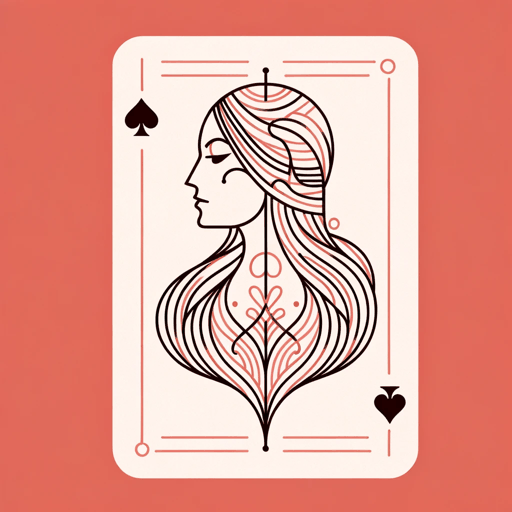25 pages • 50 minutes read
Alexander PushkinThe Queen Of Spades
Fiction | Short Story | Adult | Published in 1834A modern alternative to SparkNotes and CliffsNotes, SuperSummary offers high-quality Study Guides with detailed chapter summaries and analysis of major themes, characters, and more.
Symbols & Motifs
Cards and Games
Cards and card games are important symbols in “The Queen of Spades.” The characters play cards as a pastime, gambling large sums of money. The characters favor the game faro, which involves gambling on cards as they appear on the table. The game involves chance rather than skill. Thus, the card game symbolizes fate. As each card is drawn, the characters’ fates are in the balance. By gambling on the outcome of the hand, the players are performing a symbolic gesture, gambling on fate itself as they have no agency over the cards nor any way of knowing what will come next. Each bet is a symbolic acceptance of the power of fate.
The card game’s symbolic meaning is reinforced when Hermann learns about the countess’s trick. Hermann avoids gambling because he knows that he enjoys it too much. He favors a slow and careful approach to accumulating wealth rather than giving himself to the luck of the cards. Hermann’s refusal to play is a demonstration of the unpredictable nature of fate. The countess’s trick, however, promises him the ability to control his fate. He will be the master of his fate as he will no longer be dependent on the chaotic nature of the game.
Related Titles
By Alexander Pushkin





